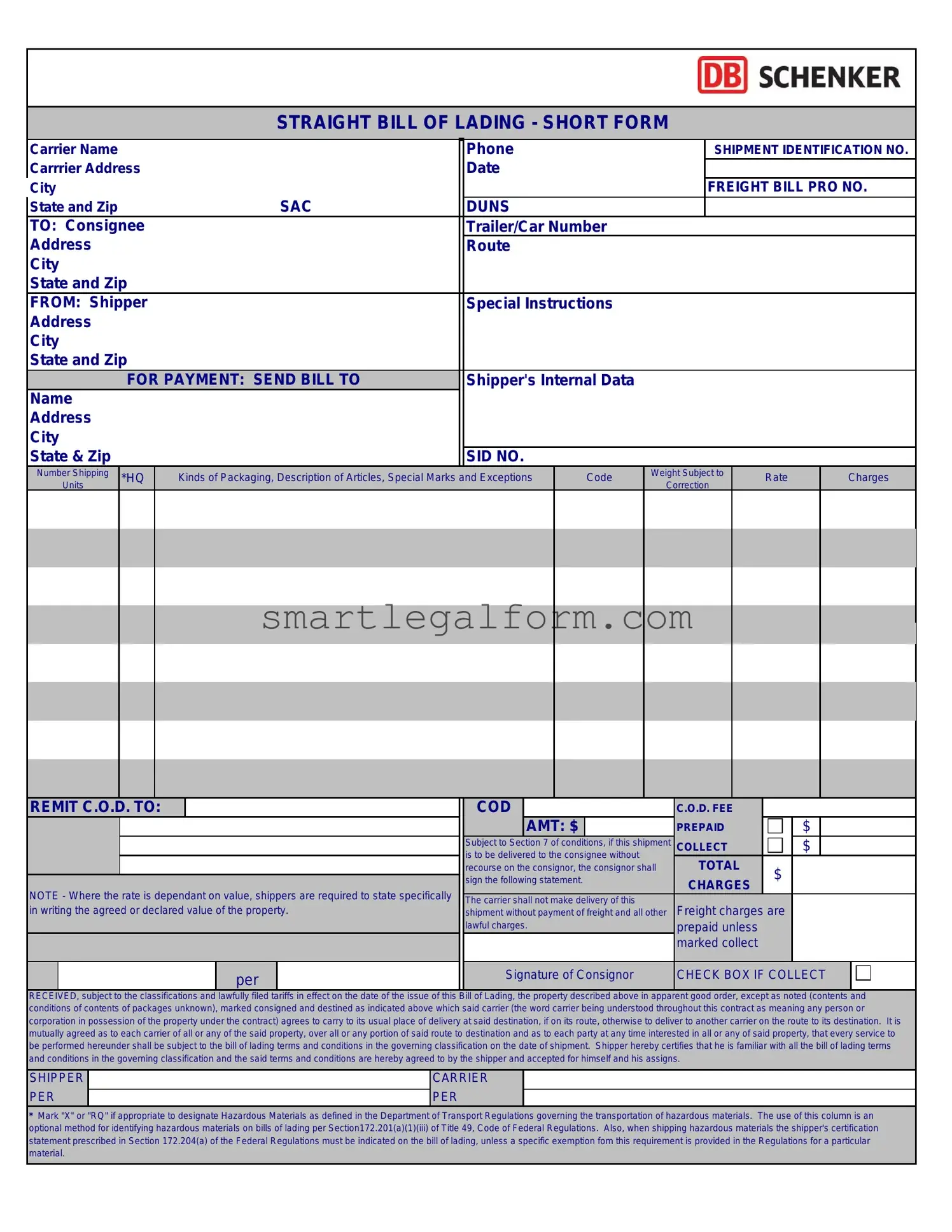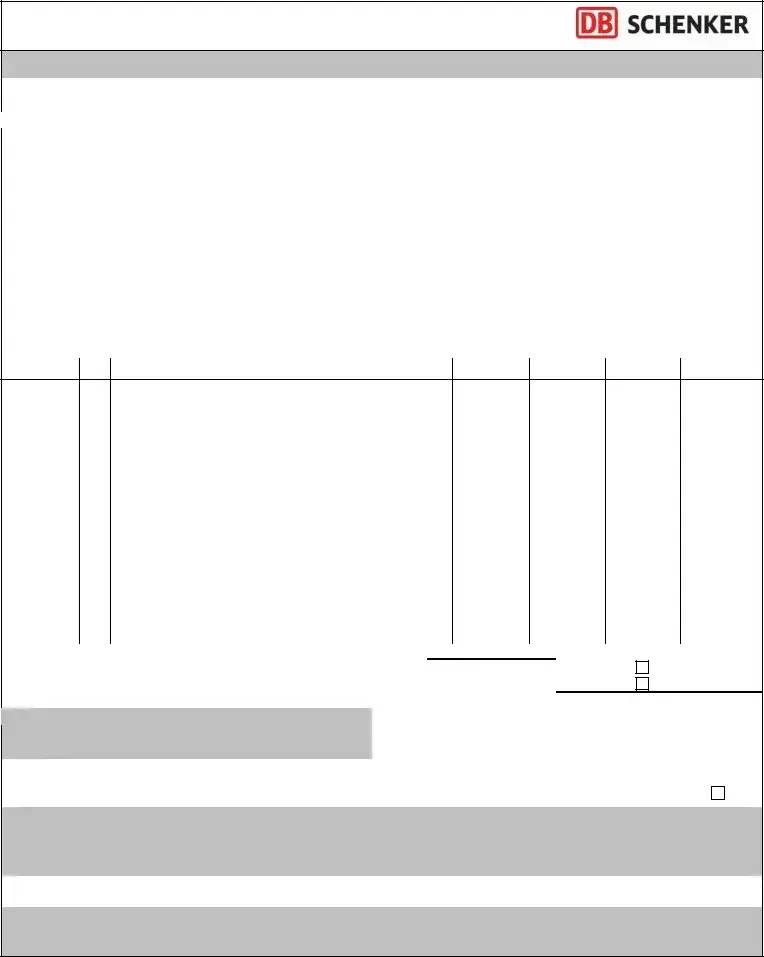Filling out a Straight Bill of Lading (BOL) form can seem straightforward, but there are common mistakes that can cause issues later on. One frequent error is failing to include complete addresses for both the shipper and the consignee. Without full addresses, delivery can be delayed or misrouted. It is essential to ensure that all contact information is accurate and detailed.
Another mistake is neglecting to specify the correct shipping date. This date is important for tracking and scheduling. If the date is left blank or incorrect, it can lead to confusion about when the goods should be shipped or expected to arrive.
Many people also overlook the importance of item descriptions. When items are not described clearly, it can create problems during transit. Providing a detailed description helps ensure that the right items are delivered and can assist in case of damage or loss.
Inaccurate weight and measurement details are another common issue. If the weight or dimensions of the shipment are incorrect, it can result in additional charges or complications during transportation. Always double-check these figures before submitting the form.
Some individuals forget to sign the BOL. A signature is necessary to validate the document. Without it, the bill may not be recognized as a legal shipping document, which can create issues if disputes arise.
Another mistake is failing to indicate whether the shipment is prepaid or collect. This information is crucial for billing purposes. Misunderstandings can lead to disputes over who is responsible for shipping costs.
People sometimes forget to include special instructions or handling requirements. If specific care is needed for certain items, this should be clearly noted. Without this information, the carrier may not handle the shipment appropriately.
Leaving out the correct freight classification can also lead to problems. Different types of goods may fall under different classifications, affecting pricing and handling. It is important to classify items accurately to avoid unexpected charges.
Lastly, some individuals do not keep a copy of the completed BOL for their records. Having a copy is important for tracking shipments and resolving any issues that may arise. Always make sure to retain a copy for future reference.

